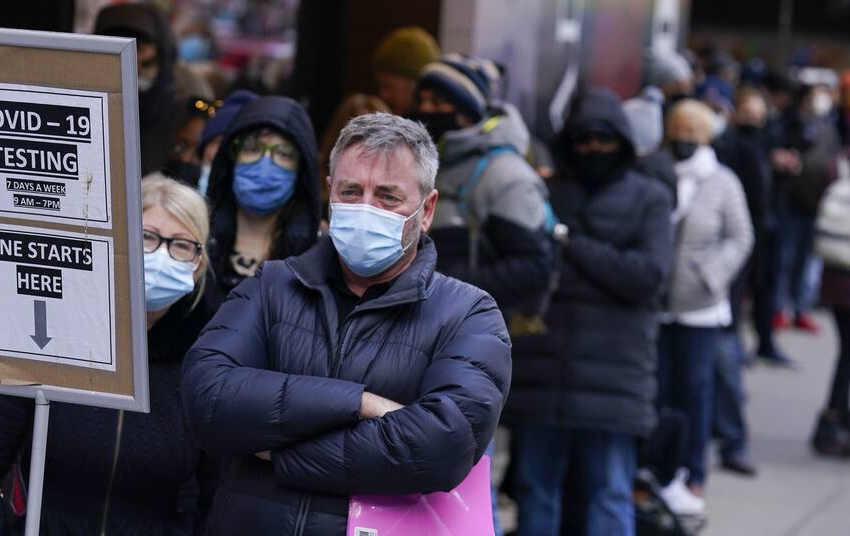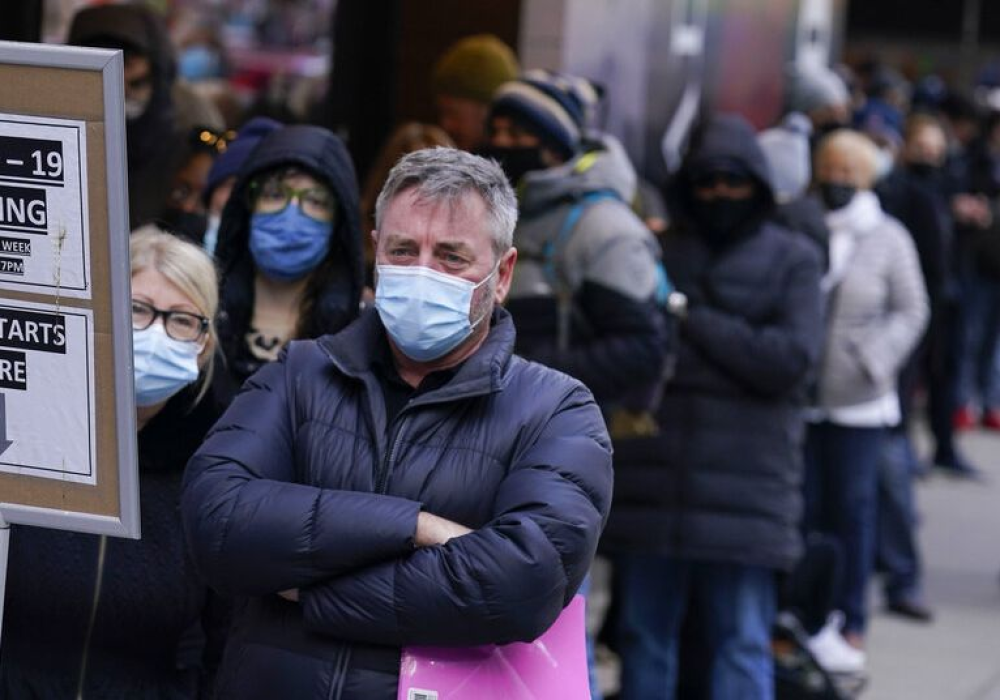A team of researchers in New York City was searching for the coronavirus in the city’s wastewater when they discovered something surprising — viral fragments with a unique collection of mutations for a coronavirus variant that had been never been discovered.
Why this matters: This is a potential sign of a new undetected COVID-19 variant that hasn’t made its way through New York City or the country yet.
Yes, but: Researchers said there’s no evidence that the lineage could become a risk to humans since it’s been circulating for at least one year, according to The New York Times.
What’s happening: The New York City researchers published their recent findings in the scientific journal Nature Communications.
- They’re still unsure where this potential variant came from.
- They suspect the lineages may be coming from people who are infected with the coronavirus but aren’t captured by genetic sequencing.
- The lineages could be coming from animals infected with COVID-19, including rats.
The bigger picture: “I think it’s really important that we find the source, and we have not been able to pin that down,” said one of the researchers, John Dennehy, a virologist at Queens College, according to The New York Times.
- Understanding different COVID-19 lineages can be an important tool to understanding the virus itself.
- Recently, a study published on the Research Square preprint platform ahead of peer review found that the omicron variant may be a combination of the BA.1 and B.35 lineages.
- While BA.1 is strong enough to represent 4.17% of all COVID-19 cases, the B.35 lineage has only been seen in 0.0019% of sequences.
The bottom line: So while there may be new variants and lineages out there, some of them continue to go undetected.










